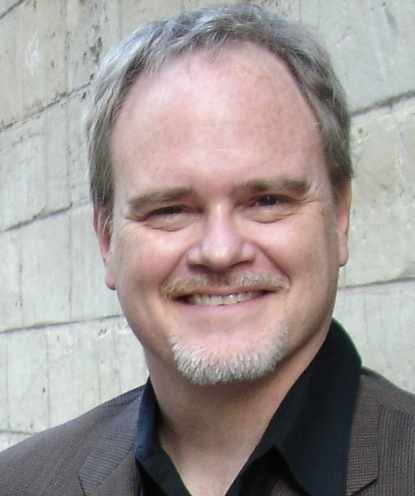Global CRM
I'm finalizing a couple of sessions on customer experience management today, which will help audiences in Singapore figure out the "CEM model fit" for their organization.
I've been thinking a lot about the organizational challenges to building a decent CEM program. Renée George from Kimpton Hotels carved out her own position to do it: Director of CRM and strategic marketing. She drives the big picture and the smallest details to make sure they're lined up. (See 1to1media.com for a great article on George's work with Kimpton.)
But a lot of organizations don't have the guts or vision to put someone in charge of strategy and tactics that spans units, functions and processes. Too bad.
I think one helpful approach is to develop a CRM and CEM communications strategy within an organization that allows stakeholders to learn how improving customer experiences can improve products, processes and resource allocations. This learning process is critical to adoption of any future system.
But adoption isn't the main goal of such a culture changing initiative: The key is to make explicit those tacit communications that interfere with or support creating great customer experiences. In short, the communications plan should be two-way: Educate your enterprise, and encourage conversation so you -- and others -- can identify how products, processes and resource allocations directly affect and can improve customer experiences.
This turns the responsibility for change onto each person participating in this two-way exchange, and puts the "what's at stake" argument in their lap.
Subscribe to:
Post Comments (Atom)



No comments:
Post a Comment